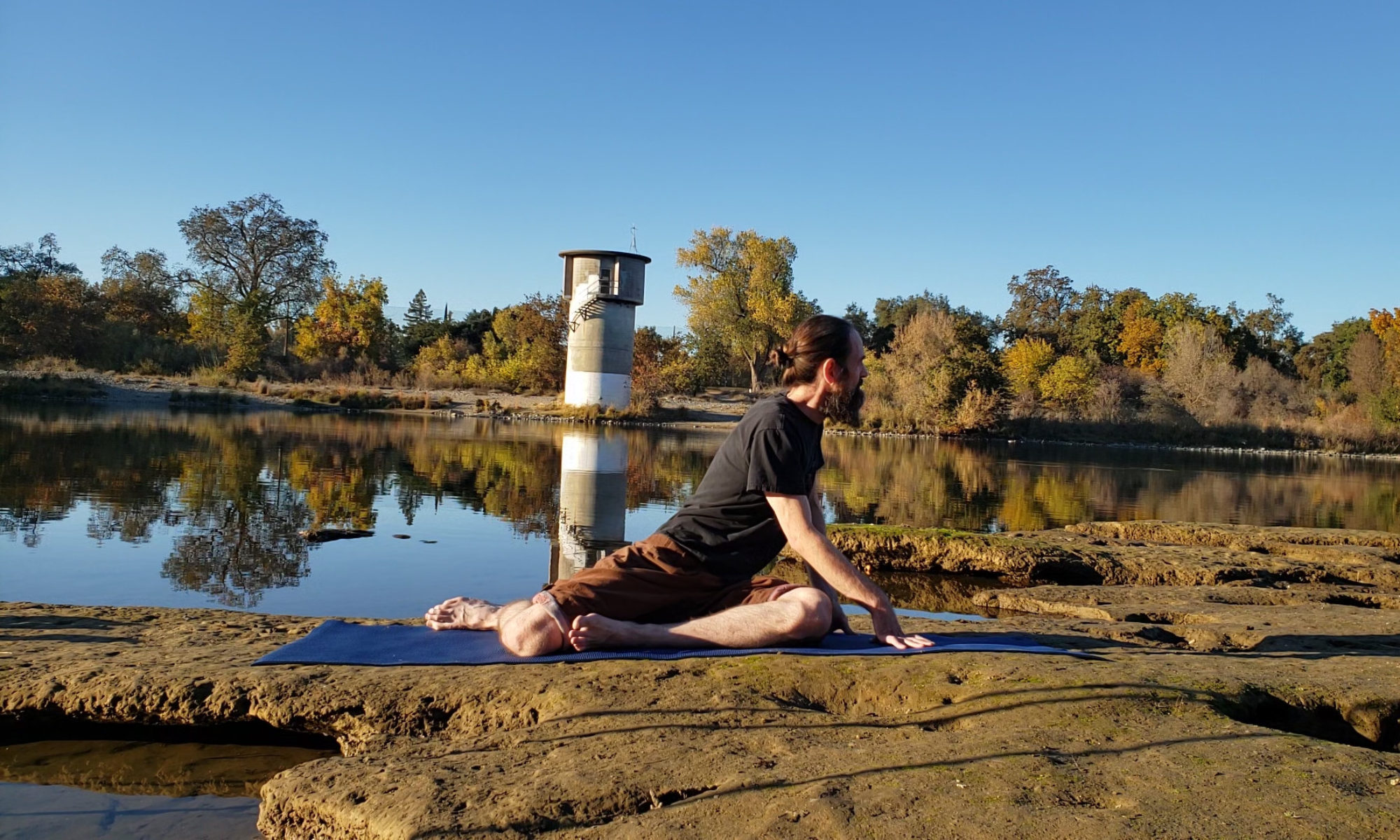You may come across some unfamiliar terms as you read these articles. This glossary of terms defines most of the terminology I use to describe the stretching techniques on this website.
Area Expansion: commanding part of the body to get bigger or to inflate a substantial section of the body.
Area Contraction: commanding part of the body to get smaller or to deflate a substantial section of the body.
Bidirectional Tension Modulation: increasing and decreasing tension levels toward the optimal range for tension release by adjusting the body position, using area expansions/contractions, or targeted microexpansions.
Cascading Tension Release (CTR): connected unlocking of a series of tight muscle fibers during a stretch sequence.
Dynamic Stretch: an active movement where joints and muscles go through a full range of motion.
Entry point: body position where unnecessary muscle tension is low but near to body positions with slight muscle tension, making tension release possible
Exploratory Movement: picking specific points or large areas in the body and gently attempting to move them in a particular direction, expansion, or contraction during the stretch sequence. The points or areas on the body may have no known ability to move in that way, but can suddenly spring to life when prompted, sometimes exposing knots that were previously imperceptible.
External Sensory Deprivation: starving the mind of sights, sounds, and sensations outside of the body while heightening the perception of tension and the sounds and feelings of microreleases. A darkened, temperate, quiet room with eyes closed and mind focused on the body is an example of this.
Microexpansion: commanding a small point on the body to get bigger or inflate.
Microrelease: a tiny release of muscle tension that may be perceived as pops, cracks, tingles, foreign-feeling muscle sensations or movement, choppy motion, and/or temperature changes.
Microstretch: a brief static stretch that takes place as part of a stretch sequence.
Mindfulness: a mental state achieved by focusing your awareness on bodily sensations.
Minirelease: a small, but significant, release of muscle tension where unconscious repositioning of muscle tissue takes place as a consequence of a series of microreleases.
Muscle Knot: a section of muscle tissue that is stuck in a state of continuous contraction or continuous expansion, often causing pain when disturbed and reduced range of motion.
Muscle Isolation: using body positioning, gravity, or limbs not directly involved in the stretch to disengage the muscles being stretched.
Muscle Spasm (Muscle Cramp): painful contractions and tightening of muscles that occur when muscles involuntarily and forcibly contract uncontrollably and can’t relax.
Muscle Tension: perceivable tightness of muscle tissue and connective tissue that can range from the slightest pull to extremely painful spasms.
Range of Motion (ROM): the capability of a joint to go through its complete spectrum of movements.
Sequential Stretching: a set of flexibility techniques developed by Mark Witherspoon that use gentle, slow motion, directed breathing, and careful mindfulness of tension as you move through a sequence of relaxed body poses.
Simplified Positional Posing and Movement (SPPM): mental simplification of body positioning by thinking only of one or a few specific control points on the body to position in space throughout the sequence, allowing the instinctual parts of the nervous system to decide on the most relaxed positioning of all other muscles.
Static Stretch: stretches that you hold in place for a period of time, without movement
Stretch Sequence: a series of connected microstretches with tiny position changes in between each microstretch, staying just long enough at each point to gauge tension levels and relax.
Tension Map: a mental picture of an area of the body that indicates how tight each part of that area feels. Often created using tension visualization.
Tension Release: restoring the ability of a section of tight muscle to move.
Tension Visualization: mentally creating a picture of the varying levels of tension throughout the range of motion (tension map) felt while moving through the sequence.

